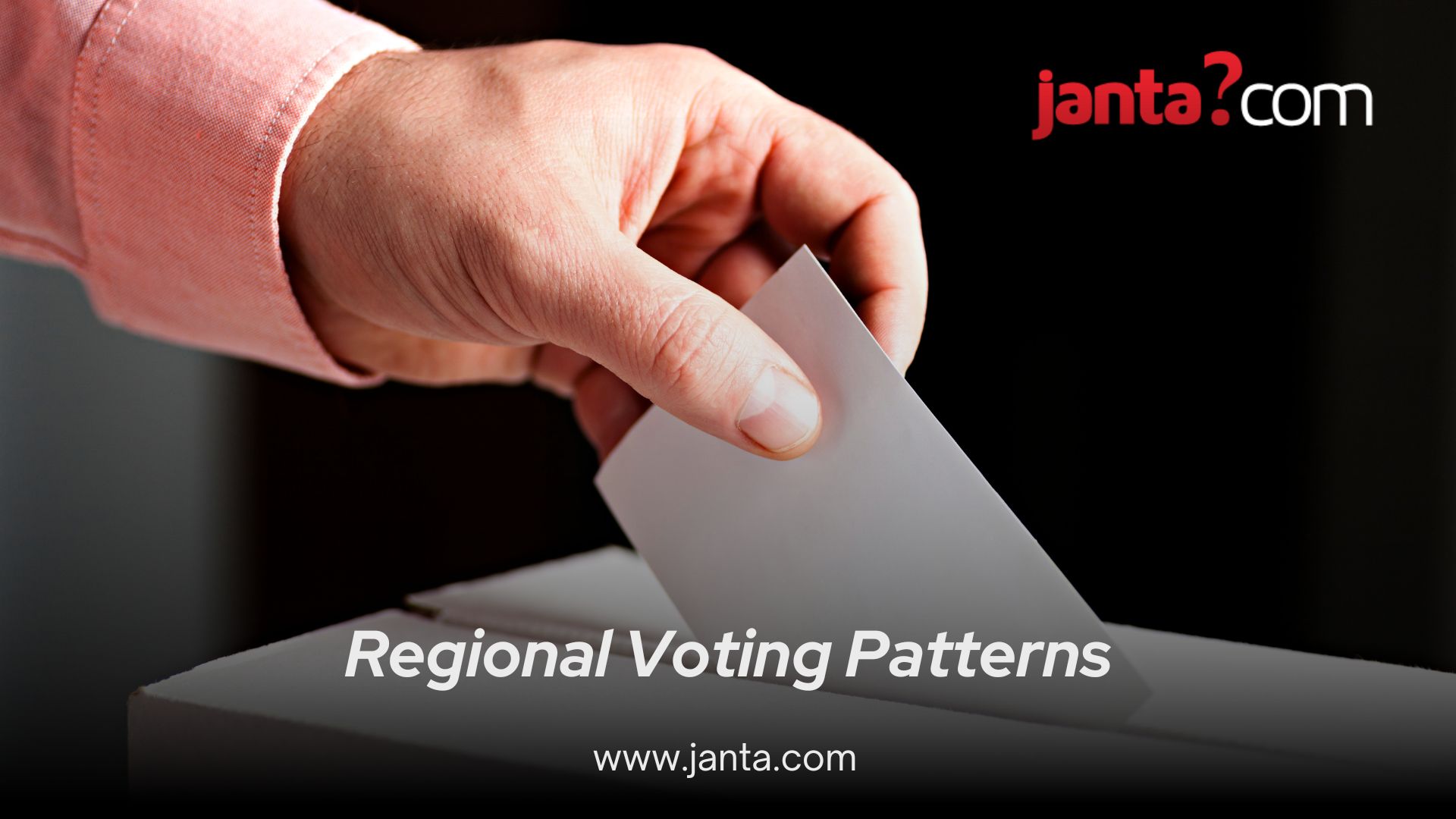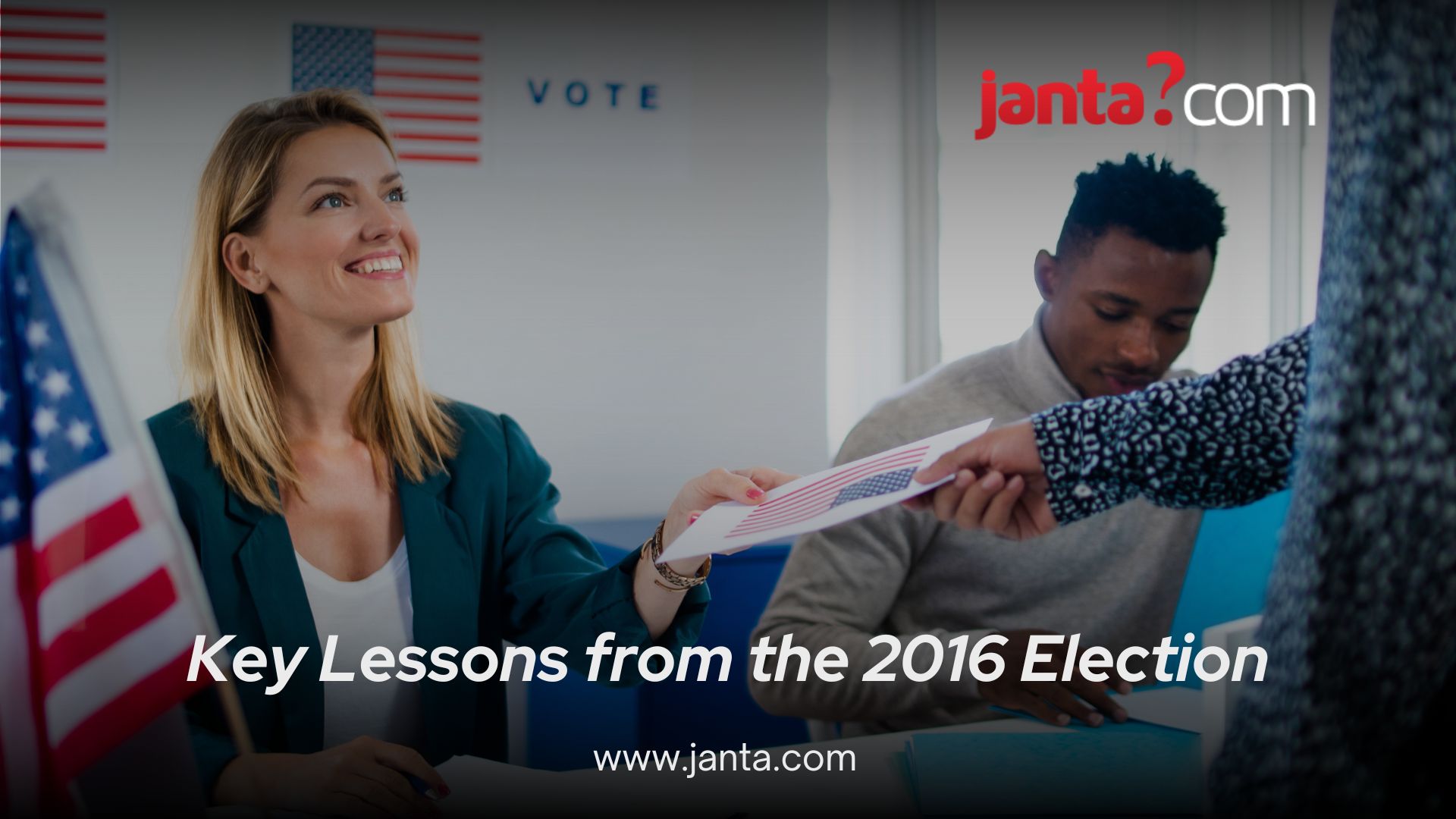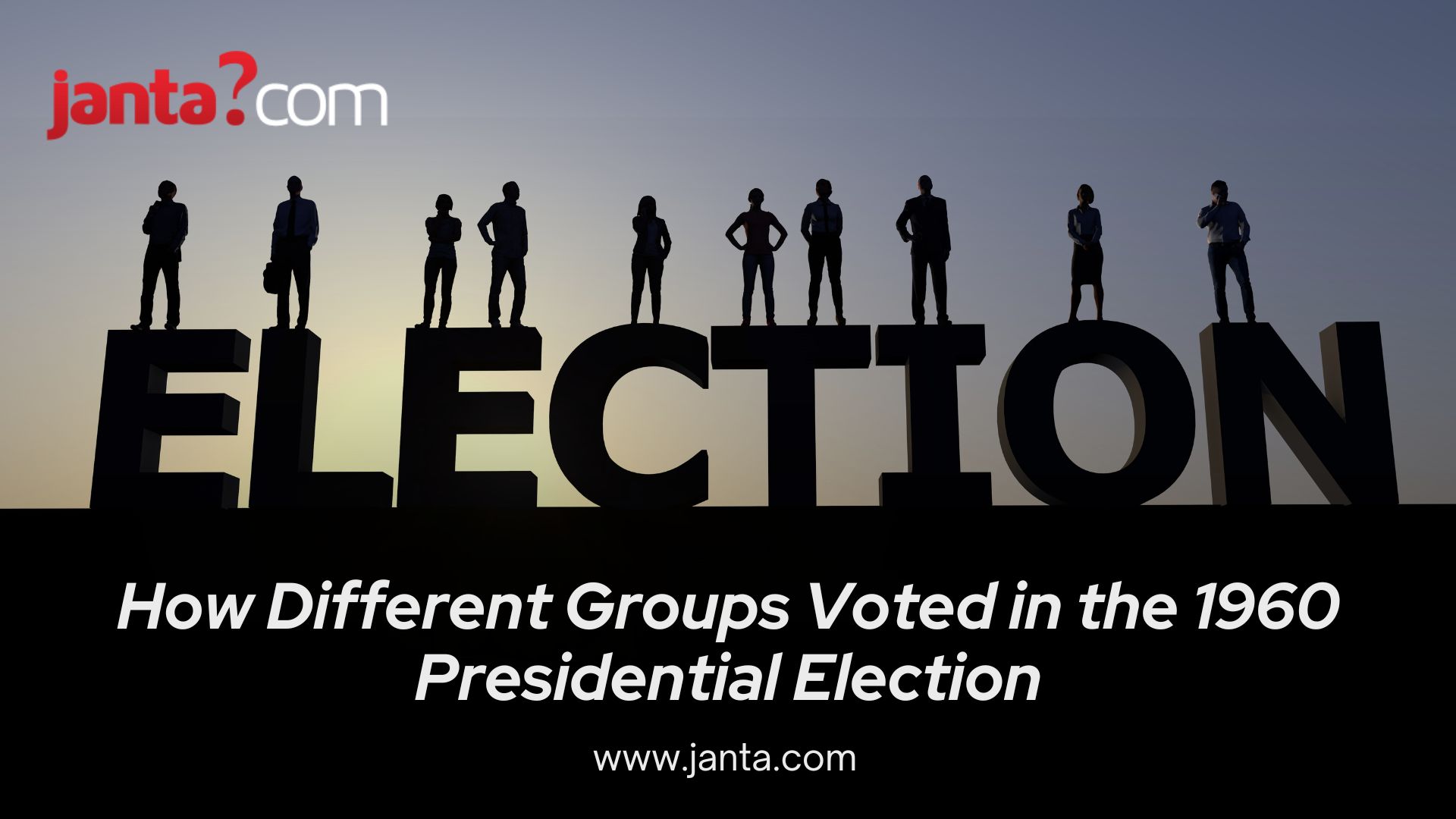The 1960 U.S. Presidential Election stands out as one of the closest and most significant in American history. The major contenders were John F. Kennedy, a Democratic senator from Massachusetts, and Richard Nixon, the incumbent Vice President and Republican candidate. Kennedy’s win made him the youngest president elected at 43 and the first Roman Catholic to hold the office. This election is also notable for its narrow victory margin and the pivotal role television played in modern American politics.
Curious about how different demographic groups shaped this historic outcome?
Read on to uncover the voting patterns and key factors that defined the 1960 election.
Understanding Voting Patterns
Analyzing how different demographic groups voted in the 1960 election offers insights into the political landscape of the time. Voting behavior reveals the key issues that shaped voters' decisions, highlights the impact of socioeconomic factors, and shows how demographic trends have evolved. It also provides context for the strategies political parties use to appeal to various voter segments.
The 1960 Political Landscape
Several major issues influenced voters in the 1960 election. The Cold War and the perceived threat of communism were central concerns, with both Kennedy and Nixon emphasizing a strong national defense. The civil rights movement was gaining momentum, with racial tensions particularly influential in Southern states. Economic concerns, including fears of a recession, also played a critical role in shaping voter preferences.

The Role of Media and the First Televised Debates
The 1960 election was the first where televised debates played a critical role. The debates between Kennedy and Nixon were watched by millions of Americans, significantly influencing the election's outcome. Kennedy’s polished appearance and calm demeanor contrasted with Nixon’s tired and unshaven look, leading many television viewers to favor Kennedy. This marked the beginning of television's powerful influence on voter perception and campaign strategies.
Voting Behavior by Demographic Groups
Age
Younger voters, particularly those in their 20s and 30s, were attracted to Kennedy’s youth, energy, and vision for a “New Frontier.” His appeal to idealism and change resonated with younger voters open to progressive policies. In contrast, older voters tended to support Nixon, valuing his experience and continuity with the Eisenhower administration.
Race
Race played a significant role in the 1960 election. African American voters, particularly in the North, largely supported Kennedy due to his outreach to civil rights leaders and promises to advance civil rights legislation. Kennedy’s intervention in securing the release of Dr. Martin Luther King Jr. from jail shortly before the election also solidified African American support. White voters in Southern states were more divided. While some were drawn to Kennedy’s charisma, many were concerned about his stance on civil rights, leading to varied voting patterns across the region.
Gender
Gender also influenced voting patterns in 1960. Men were slightly more likely to support Nixon, influenced by his experience and foreign policy credentials. Women, especially younger women, were more drawn to Kennedy’s charm and the image of his family, which was prominently featured in the media.
Income and Class
Working-class voters, particularly in urban areas, were more inclined to support Kennedy, seeing him as a champion of the working class. His promises to improve social welfare programs and stimulate the economy resonated with lower-income voters. In contrast, affluent voters, who benefited from the economic prosperity of the 1950s, tended to support Nixon, viewing him as a candidate who would maintain stability and continue Eisenhower's policies.
Religion
Religion was a contentious issue in the 1960 election due to Kennedy’s Catholicism. Many Protestant voters, especially in the South and Midwest, were concerned about the influence of the Catholic Church on American politics. However, Kennedy’s speech in Houston, where he emphasized his commitment to religious freedom and the Constitution, helped ease many voters’ concerns. Catholic voters overwhelmingly supported Kennedy, proud to see one of their own as a major party candidate.

Regional Voting Patterns
The South
The South’s voting patterns in 1960 were heavily influenced by the civil rights movement. Traditionally a Democratic stronghold, the South was more divided in 1960 due to concerns over Kennedy’s stance on civil rights. While Kennedy won several Southern states, his support was weaker than previous Democratic candidates, reflecting the region’s unease with the national Democratic Party’s direction.
The North
In Northern states, urban areas with large populations of working-class voters and minorities were strongholds for Kennedy. The influence of labor unions and the industrial workforce played a significant role in securing these votes. Rural areas in the North, however, were more likely to support Nixon, reflecting the region’s conservative leanings and concerns over economic issues.
The Midwest and West
The Midwest and Western states presented a mixed picture in 1960. Economic concerns, particularly in agriculture, influenced voting behavior in these regions. Kennedy’s message of change resonated with voters in the industrial Midwest, while Nixon found support among rural and agricultural communities in the West, who were more concerned with maintaining the status quo.
Key Takeaways
The 1960 election underscores the importance of understanding and appealing to different demographic groups. It highlighted television’s growing influence on voter perceptions and the need for candidates to address the specific concerns of various voter segments.
The voting patterns observed in 1960 continue to influence electoral strategies today, making the analysis of historical voting behavior essential for understanding current political dynamics.
Follow Janta for more updates.
Kellyanne Conway’s Role in the 2016 Election
Kellyanne Conway joined Trump’s campaign in August 2016, at a critical juncture. Her task was to craft a strategy that resonated with voters disillusioned with the political establishment.
A significant part of her success was targeting key demographics, especially white working-class voters in Rust Belt states. By addressing their economic concerns, the campaign’s messaging struck a chord in states like Michigan, Pennsylvania, and Wisconsin, traditionally seen as Democratic strongholds.
Challenges and Strategies
Conway faced multiple challenges, from intense media scrutiny to opposition strategies aimed at undermining Trump. The campaign, often criticized for its unconventional tactics and Trump's controversial statements, had to navigate significant negative media coverage.
Conway stayed focused on the core message, ensuring discipline within the campaign team. She also worked to reshape Trump’s image, positioning him as an outsider and a businessman capable of bringing change—qualities that appealed to voters looking for something different.
Influencing Voter Perception
Conway’s impact on voter perception was profound. Through targeted messaging, she reframed Trump as the candidate of change and a champion for those who felt overlooked by the political elite. This strategy energized a base that ultimately propelled Trump to victory.

Key Lessons from the 2016 Election
- Targeted Messaging. Conway emphasized the importance of understanding and appealing to specific voter demographics. The campaign's focus on the “forgotten man and woman” showcased how targeted messaging can resonate deeply with voters, driving turnout in crucial areas.
- Media Strategy. Handling negative coverage effectively was another lesson. Conway's team leveraged social media to bypass traditional media channels, allowing them to communicate directly with voters and counteract negative press.
- Ground Game and Voter Turnout. The 2016 election underscored the importance of a strong ground game. By focusing on grassroots support and using data analytics to identify and mobilize voters, the campaign succeeded in key battleground states.
- Adaptability. Conway’s ability to adapt to a rapidly changing political climate allowed the campaign to stay ahead, responding quickly to shifts in public opinion and unexpected developments.
Impact on Future Campaigns
The strategies used in 2016 have influenced subsequent elections, particularly in terms of targeted messaging and social media use. The election highlighted the need for campaigns to understand and address voter concerns effectively—a lesson that continues to shape political strategies today. The rise of populism, central to Trump's campaign, has had a lasting impact on political discourse in the U.S. and beyond.
Summary
The 2016 election offered crucial lessons in political strategy. Kellyanne Conway’s approach, emphasizing targeted messaging, media strategy, voter turnout, and adaptability, was instrumental in Donald Trump’s victory. These strategies continue to shape political campaigns, reflecting the enduring influence of the 2016 election on American politics.
For more follow Janta.com.
